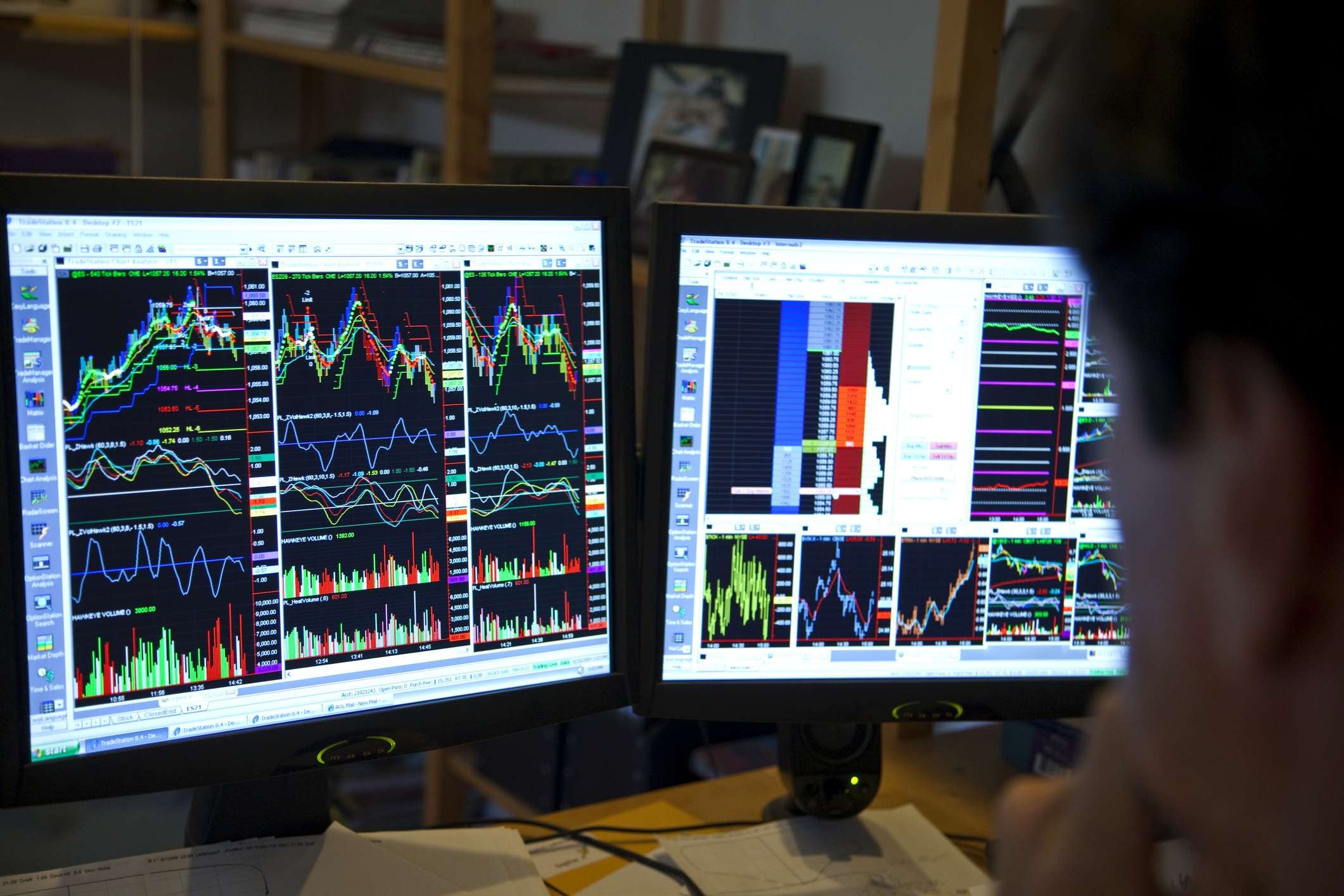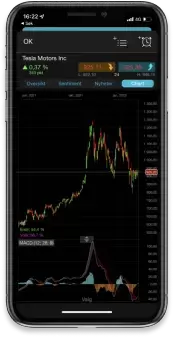European markets slid back for their third day in succession yesterday, as investors absorbed the messaging from Wednesday’s Fed minutes, and the outlined plans to reduce the size of the balance sheet, by $95bn a month, with the potential for a start date next month.
Scepticism around progress on peace talks between Russia and Ukraine also didn’t help with Ukrainian President Zelensky accusing the Kremlin leadership of not being serious about them. Given the behaviour of Russia’s soldiers towards Ukrainian citizens and the increasing evidence of atrocities that probably isn’t surprising. This is because any peace deal would need to deal with this horrific issue, as a priority, which would mean that Russia would have to acknowledge culpability, something that they have yet to do.
Long term bond yields continued to push higher last yesterday, with the US 10-year yield making a new three year high above 2.65%, on further hawkish comments from the likes of Raphael Bostic of the Atlanta Fed, and Charles Evans of the Chicago Fed who said that the he envisaged the Federal Reserve raising rates towards the neutral rate by the end of 2022, early 2023, a view that was echoed by Bostic.
While this comes across as hawkish there isn’t any real consensus where the neutral rate is given that various members have attempted to posit that its somewhere between 2% and 3%. The problem is that with CPI likely to move above 8% next week, the neutral rate could well be higher than that.
The neutral rate is generally viewed as the level that neither spurs nor restrains inflation but keeps it in check. This was estimated to be at 2.4% when Fed officials met in March, however inflationary pressures have risen further since then, which means it is likely to be quite a bit higher.
Unusually, while 10-year yields jumped sharply higher to 2.65%, 2-year yields declined after US consumer credit for February surged to a record high of $41.9bn, well over double analyst estimates, with huge gains in credit card spending, which soared from $3.1bn in January to $18.1bn.
The extent of the jump in borrowing would appear to suggest that excess savings aren’t as high as perhaps initially estimated, which could well be worrying for future consumption patterns, even with a labour market as tight as the one the US currently has.
This could be why the Russell 2000 wasn’t able to follow the Nasdaq 100 and S&P500 in finishing the day in positive territory.
As we look to today’s European open, because of the positive finish in US markets last night we look set for a positive open, however as far as the weekly performance is concerned it’s a more mixed picture with the DAX on course for a weekly decline, while the FTSE100 could well finish higher for the fifth week in succession.
The US dollar is also on course for its highest weekly close since May 2020, with the Japanese yen seeing the biggest losses this week, closely followed by the euro, as yield differentials blow out.
EUR/USD – continues to look soft as we head towards trend line support from the 2017 lows, at 1.0830. A break below the March lows signals the potential for a move towards the 2020 lows at 1.0635. Resistance remains back at the 50-day MA at 1.1185 and last week’s high.
GBP/USD – trading in a tight range just above the March lows at 1.3000, the next key support, although we are seeing buyers around 1.3050. We need to get back above the 1.3180 area. A break below the 1.3000 area argues the risk of a move towards 1.2800, on a break below 1.2980.
EUR/GBP – continues to look sticky just below 0.8320 with wider support at the 0.8280 area. Resistance now comes in at the 0.8420 area, and behind that at 0.8510.
USD/JPY – still looks well supported with a move through 124.00 targeting the previous peaks at 125.10, and the June 2015 highs at 125.85. We still have neckline support back at the 121.30/40 area. A break below 121.20 argues for a steeper move lower towards 118.00.
Disclaimer: CMC Markets is an execution-only service provider. The material (whether or not it states any opinions) is for general information purposes only, and does not take into account your personal circumstances or objectives. Nothing in this material is (or should be considered to be) financial, investment or other advice on which reliance should be placed. No opinion given in the material constitutes a recommendation by CMC Markets or the author that any particular investment, security, transaction or investment strategy is suitable for any specific person. The material has not been prepared in accordance with legal requirements designed to promote the independence of investment research. Although we are not specifically prevented from dealing before providing this material, we do not seek to take advantage of the material prior to its dissemination.







